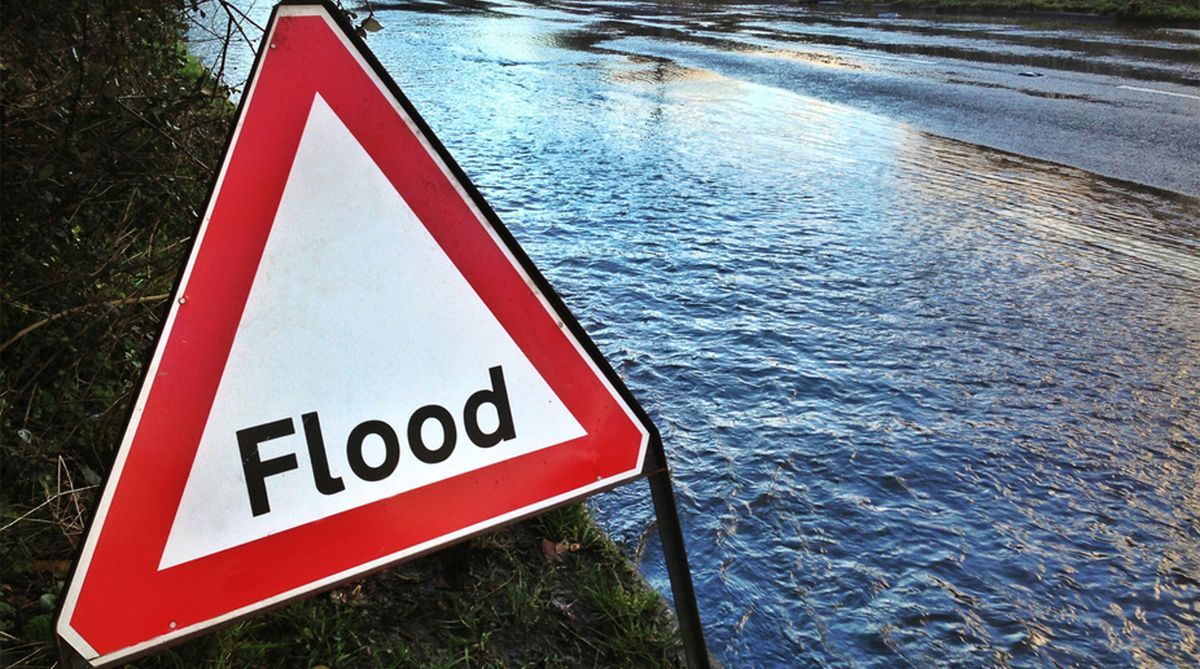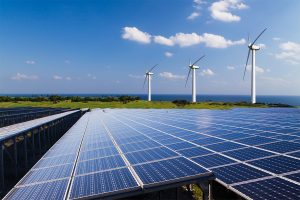While weather is traditionally unpredictable, days, when there is extreme rainfall, seem no longer to be events that are rare. And the general belief is that with global warming they will start coming more often.
Angeline G Pendergrass of National Center for Atmospheric Research, Boulder, Colorado and Reto Knutti, Institute for Atmospheric and Climate Science, ETH?Zurich, Zurich, report in Geophysical Research Letters that while the total rainfall will only slightly increase, the severity of extreme events will worsen.
Advertisement
This would sharpen the existing lopsidedness, where the best part of the rain that falls through the year comes down in just a few days of heavy downpour, they say.
Pendergrass and Knutti use extensive rainfall data, and models, to analyse the asymmetry, or the unevenness of the timing of rainfall, as it exists and as it would change with the effects of global warming. As it is, they say, one half of the annual rainfall, worldwide, falls during just the 12 wettest days of the year, with comparatively negligible rain during the rest of the year.
If the emission of greenhouse gases continues without significant check, they say,the asymmetry would increase, with as much as a fifth of the annual rain within just the two wettest days, half the annual rain, which now takes 12 days, in just six days, and 70 per cent in the wettest two weeks! The unevenness of rainfall has been increasing over the last century, the paper says. One way of measuring unevenness has been by the percentage of the annual rainfall in the 95th percentile, or the top five per cent of the rainy days.
This percentage has been increasing during the 20th century, the paper says. Another measure of inequality, which is often used to describe how income is distributed in a population, is the Gini coefficient. The coefficient can takes values from 0 to 1. Coefficient 0 would mean no inequality, or everybody earns the same, and coefficient 1 would mean total inequality, with one person bagging all the income.
The coefficient does not indicate the total or the average income, only the distribution. Thus, Turkey and the US are said to have had the same Gini index, about 0.4, in 2014, although the GDP per person in Turkey is less than half of what it is in the US (India is around 0.35). We can see that in the context of rainfall, Gini =0 would mean the same rainfall throughout the year and Gini=1 would mean all the rain fell in a single day. The paper alludes to studies that have shown that the Gini index of rainfall has risen right through the 20th century and other studies that showed the rise was linked to manmade emissions.
The percentile or the Gini index as measures of changes in rainfall patterns have the merit of being numerical, but they are not quite intuitive, to be easily understood by a broad audience, the paper says. Researchers have rather looked at how two aspects of rainfall respond, separately, to climate change. One is the mean rainfall. This is expected to rise by a modest two per cent for every °C rise in temperature. The severity of extreme events would increase faster, about six per cent for every °C rise in temperature, depending on what we consider to be an extreme. The difference can be understood, of course.
The mean rainfall, over the course of a year, depends on the energy the earth receives from the sun, evaporation and winds. If a lot of the vapour in the atmosphere comes down in a short period, there is less for the rest of the time, and the average is not affected. Extremes, on the other hand, depend on different factors, increasing moisture, humidity, temperature, terrain and their interplay.
Here, it is seen that the effect of warming is more or less marked according to our definition of the extreme. The 99th percentile, for instance, is the most affected, the 95th percentile to a lesser degree and the 90th percentile starts behaving like the mean.
The present study takes a fresh look at the data to find a measure that brings out the element of changing unevenness more distinctly. As the main feature is that a large fraction of rainfall comes down in a small number of days, changes in the way a given fraction of rain falls within a fixed number of the rainiest days appears to capture how the unevenness is progressing.
They note that ‘three quarters of precipitation falls on the wettest 30 days each year, over 1/8 falls on the wettest two days and 1/12 on the wettest day’. Hence, the number of days each year during which half of annual precipitation falls, they say, would serve as a ‘summary metric’ and they note that half of total precipitation falls on the wettest 12 days each year.
They then analyse how this measure would change in the future, according to different levels of greenhouse gas build-up, depending on how the industry and populations respond to containing warming.
The main conclusion they reach is that while the mean rainfall would respond gradually, the change in the severity of extreme events would also average out, but there would be dramatic increases in the precipitation during the wettest periods. Over half the increase, they say, would take place on the wettest 8.6 days each year, and beyond the 98.2 percentile.
Existing agricultural practices and the growth of settlements have come about over centuries of largely unchanging rainfall patterns. Increasing compression of rainfall into short periods would lead to floods. And there would be corresponding droughts because of less rainfall in other periods.
This would have a large impact on agriculture and food production. The water supply and storage and drainage that are established in cities and other settlements would also be challenged. Flooding could be particularly disastrous.
There are large investments, like roads, underground railways and most important, the sewage system, that has considered the available ‘high flood levels’ during their design. Getting ready for flood levels that we have not encountered would be an important part of adaptation to climate change.
The writer can be contacted at response@simplescience.in











